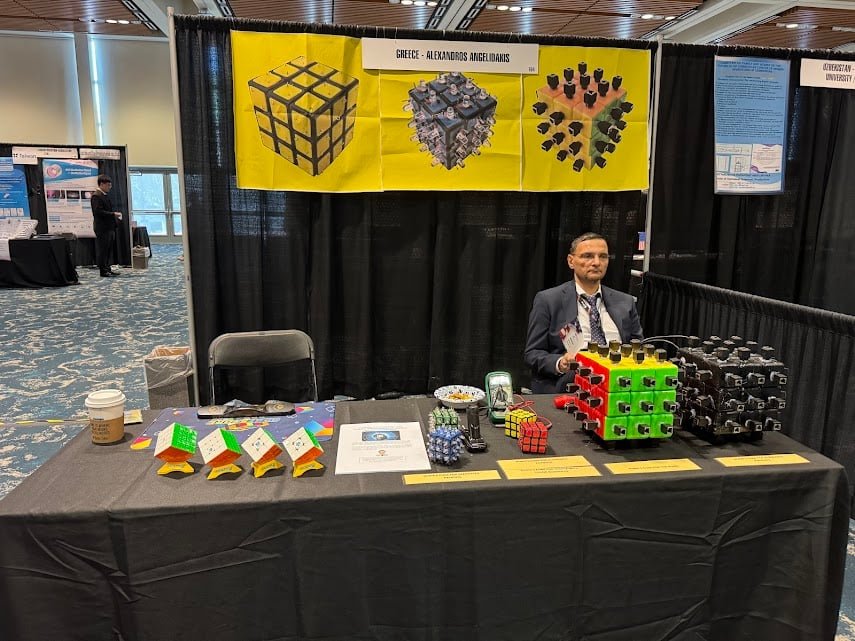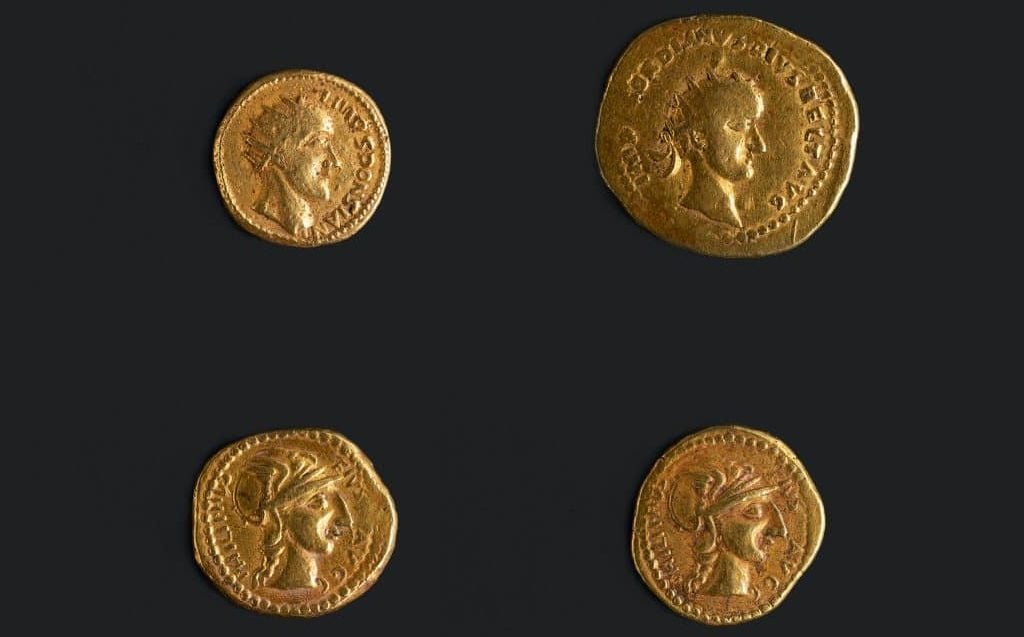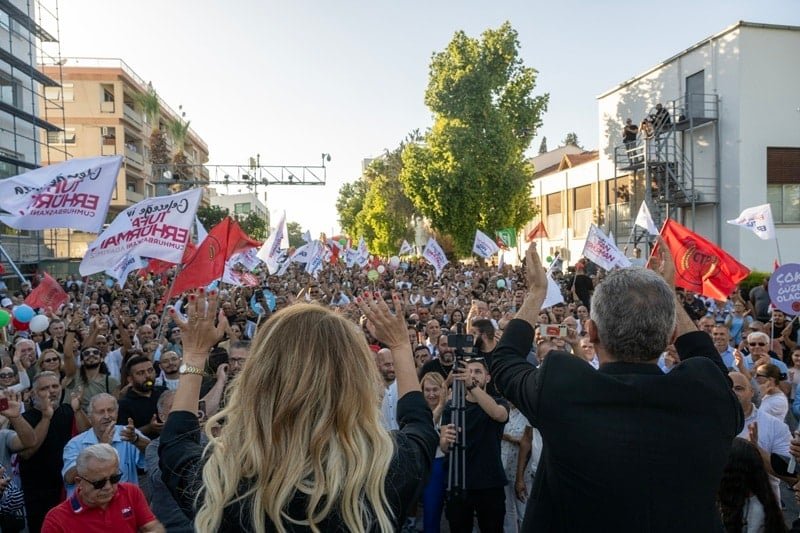
A Greek innovator who is a student from the 4th Evening Vocational High School (EPAL) of Heraklion, Crete in Greece has earned global recognition in Silicon Valley for his groundbreaking designs. Alexandros Angelidakis of the Department of Electrical Engineering, Electronics, and Automation received three international honors—one gold and two silver—at the Silicon Valley Inventors Conference held in Santa Clara, California.
Angelidakis competed against inventors from over forty countries, impressing the judges with his adaptive versions of the Rubik’s Cube, created for people with blindness, color blindness, and Alzheimer’s. His success highlights both Greece’s creative potential and the growing global focus on inclusive innovation.
Award-winning designs that redefine accessibility by the successful Greek innovator at Silicon Valley
In his first design, which is a Rubik’s Cube for blind users, Angelidakis integrated six interconnected sound recorders. Each side emits specific audio cues that help users identify colors through sound rather than touch—an inventive solution that transforms how the visually impaired experience spatial puzzles.
For individuals living with Alzheimer’s disease, he developed a cube that replaces colors with familiar sounds, melodies, or spoken phrases. The user must recall which sound corresponds to which color, effectively turning the puzzle into a cognitive exercise that strengthens memory and recognition skills.
From Geneva to Silicon Valley: A journey of innovation
Angelidakis first gained international attention in 2024, when he won a bronze medal at the International Exhibition of Inventions in Geneva for an earlier tactile version of his Rubik’s Cube for blind users. His latest creations represent the next step in merging creativity, technology, and empathy.
A self-taught inventor who returned to school through Greece’s lifelong learning program, Angelidakis continues to embody the spirit of innovation and perseverance. The 4th Evening Vocational High School of Heraklion praised his achievement, noting that his work demonstrates how education and imagination can break barriers—in science, accessibility, and opportunity.


